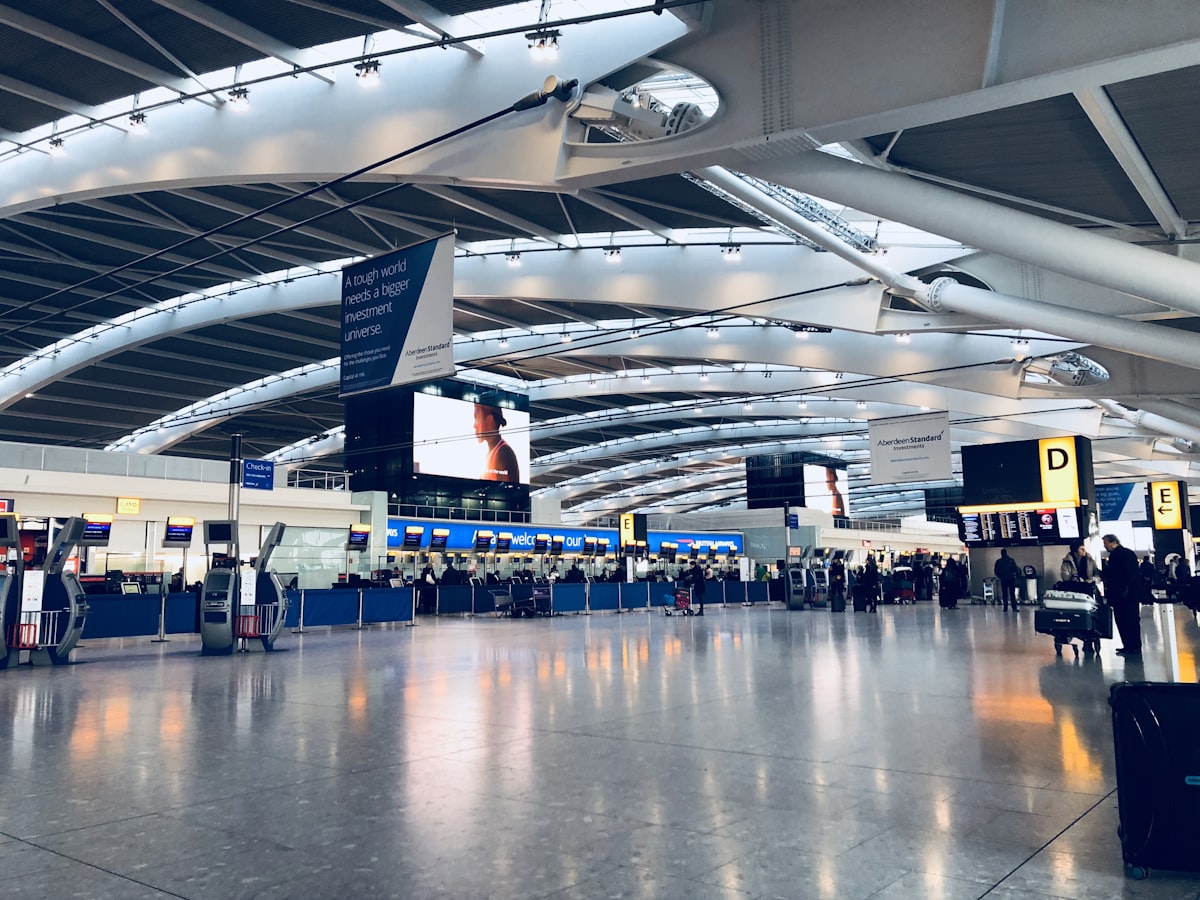Sikorsky UH-60 Black Hawk
The Sikorsky UH-60 Black Hawk: An In-Depth Look
The Sikorsky UH-60 Black Hawk has been a cornerstone in the world of military aviation. Designed and manufactured by Sikorsky Aircraft, it’s renowned for its versatility and reliability. First introduced in 1979, it replaced the Bell UH-1 Iroquois, commonly known as the Huey. The Black Hawk quickly became the backbone of the United States Army’s helicopter fleet.
Development and Design

The development of the UH-60 Black Hawk was initiated as part of the U.S. Army’s Utility Tactical Transport Aircraft System (UTTAS) program in the 1970s. Sikorsky Aircraft, with its extensive experience in rotorcraft technologies, won the competition to build the new helicopter. The design of the Black Hawk focused on improving troop and cargo transport while enhancing survivability and ease of maintenance.
Its airframe is built to withstand damage, employing redundant subsystems to ensure continued operation if one part fails. The four-bladed main rotor and twin-engine configuration were designed to deliver high performance and reliability. Additionally, the aircraft features sophisticated avionics, including a fully integrated flight management system and advanced navigation capabilities.
Specifications and Capabilities
- Engines: Two General Electric T700-GE-701D turboshaft engines.
- Maximum Speed: 222 km/h (138 mph).
- Range: Approximately 2,220 km (1,380 miles) with auxiliary fuel tanks.
- Ceiling: Maximum operational altitude of about 19,000 feet.
- Crew: Typically two pilots and up to two crew chiefs.
- Capacity: Can carry 11 fully equipped troops or up to 9,000 pounds of cargo.
Role and Deployment
Primarily a utility helicopter, the Black Hawk serves various roles in military operations. It’s used for troop transport, medical evacuation, and logistical support. Its capacity to perform in diverse environments, from arid deserts to dense jungles, gives it unmatched flexibility. Because of these versatile capabilities, it’s become essential in both combat and humanitarian missions worldwide.
The Black Hawk’s design also allows for rapid reconfiguration. It’s easily adapted for missions such as special operations, search and rescue, and disaster relief. In these configurations, it can be outfitted with additional equipment like external cargo hooks, rescue hoists, and specialized communications gear.
Global Presence
While predominantly used by the United States military, the UH-60 Black Hawk’s effectiveness has led to its adoption by over 30 countries. This global presence is a testament to its reputation as a reliable and durable aircraft. Nations including Australia, Japan, and South Korea operate the Black Hawk, often customizing the helicopter to meet specific needs.
The Black Hawk’s international deployments have supported multinational operations and peacekeeping missions. Its consistent performance across varied theaters of operation secures its place as a vital asset in global military aviation. Additionally, its interoperability with other allied military equipment facilitates joint operations, enhancing collaborative efforts in international security.
Variants and Upgrades
The UH-60 Black Hawk has several variants, each tailored to different military needs. The most common variants include:
- UH-60A: The original model with basic features suitable for general utility use.
- UH-60L: An upgraded version with improved engines and lifting capabilities.
- UH-60M: Features enhanced avionics, improved engines, and advanced rotor blades.
- HH-60G Pave Hawk: Modified for search and rescue missions, deployed by the U.S. Air Force.
- MH-60R Seahawk: Naval variant equipped for anti-submarine warfare and anti-surface warfare.
Continuous upgrades have been made to the Black Hawk to keep pace with modern military requirements. Current models emphasize advancements in electronic warfare systems, improved radar, and enhanced survivability measures. These upgrades ensure the Black Hawk remains at the forefront of combat and support roles.
Survivability and Safety
Survivability is a critical aspect of the Black Hawk’s design. It incorporates features such as crashworthy fuel systems and armored crew seats. These innovations increase the safety of the crew and passengers during hostile encounters and accidents. Additionally, its rotor system is designed to remain operational even after sustaining damage, providing a significant tactical advantage.
The helicopter’s ability to operate in adverse weather conditions adds to its reliability. Its night vision capabilities allow it to conduct missions around the clock. The Black Hawk’s robust and simple design means it can be maintained in the field with relative ease, making it an effective option for sustained military campaigns.
Future Prospects
The UH-60 Black Hawk continues to evolve. The Future Vertical Lift (FVL) initiative within the U.S. Army aims to further advance rotorcraft technologies, leading toward next-generation helicopters. While the Black Hawk might see replacements in some roles over time, its legacy as a dependable military workhorse is secure.
With continued modernization, including potential autonomous or unmanned capabilities, the Black Hawk will likely maintain a significant presence in military operations for foreseeable decades. Manufacturers like Sikorsky are committed to innovation, ensuring that the Black Hawk remains relevant in a rapidly evolving defense landscape.
Recommended Aviation Gear
David Clark H10-13.4 Aviation Headset – $376.95
The industry standard for aviation headsets, trusted by pilots worldwide.
Pilots Handbook of Aeronautical Knowledge – $25.42
The official FAA handbook – essential reading for every pilot.
As an Amazon Associate, we earn from qualifying purchases.

Subscribe for Updates
Get the latest articles delivered to your inbox.
We respect your privacy. Unsubscribe anytime.